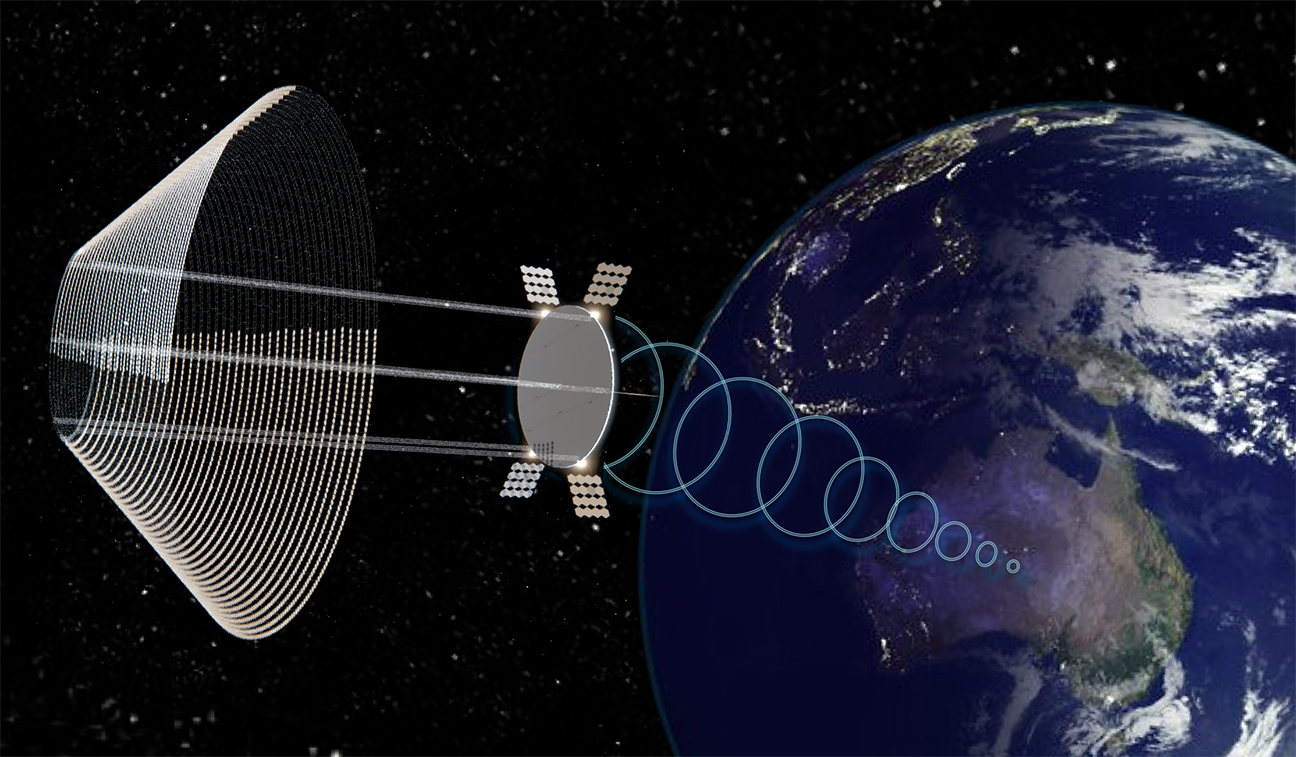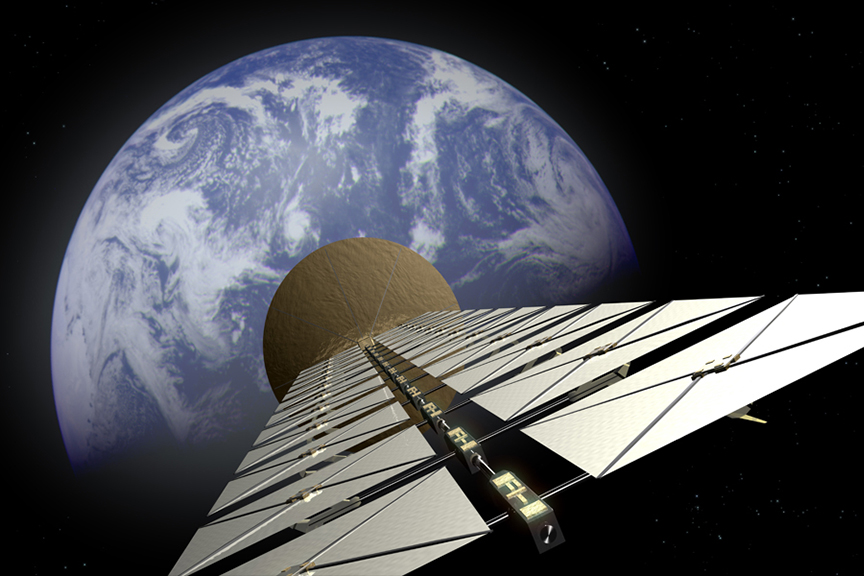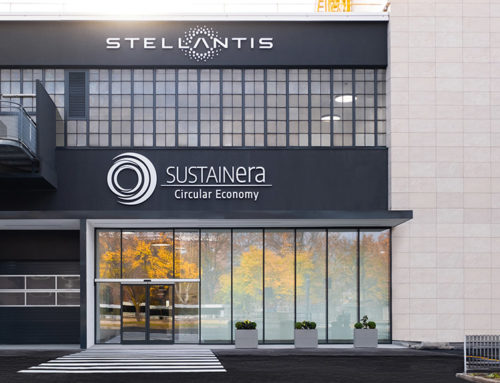In a groundbreaking leap toward sustainable energy generation, scientists from the Universities of Surrey and Swansea have presented evidence that solar farms in space could soon be a commercially viable solution for clean energy. Their pioneering research, detailed in the journal “Acta Astronautica,” unveils the potential for low-cost, lightweight solar panels that can efficiently generate energy in the harsh conditions of space.
The study, the first of its kind, embarked on a six-year journey, closely tracking a satellite as it navigated over 30,000 orbits. During this extended mission, researchers observed how the solar panels not only endured but thrived in the face of solar radiation, shedding light on the feasibility of constructing solar farms beyond Earth’s boundaries.
Professor Craig Underwood, Emeritus Professor of Spacecraft Engineering at the Surrey Space Center at the University of Surrey, expressed his excitement at the remarkable findings. “We are very pleased that a mission designed to last one year is still working after six. These detailed data show the panels have resisted radiation, and their thin-film structure has not deteriorated in the harsh thermal and vacuum conditions of space,” he remarked.
One of the most significant breakthroughs from this research is the promise of ultra-low mass solar cell technology. These lightweight solar panels could pave the way for the creation of large, low-cost solar power stations stationed in space, capable of beaming clean energy back to Earth. This innovation holds the potential to revolutionize the renewable energy landscape.
The cutting-edge solar cells, developed by researchers from the University of Swansea’s Center for Solar Energy Research, are made from cadmium telluride. They offer an expanded surface area, exceptional lightweight properties, and significantly higher power output compared to current technology. Additionally, they are cost-effective to manufacture, making the concept of solar farms in space more economically viable.

To solidify their findings, scientists at the University of Surrey designed instruments to monitor the performance of these novel solar cells in orbit. The satellite housing these groundbreaking solar panels was conceived and constructed at the Surrey Space Center in collaboration with a team of trainee engineers from the Algerian Space Agency (ASAL).
While it is true that the cells’ power output exhibited a gradual reduction over time, researchers maintain that this mission has provided invaluable insights into the potential of solar power satellites. The results affirm the idea that space-based solar farms could soon become a reality on a commercial scale.
Dr. Dan Lamb from the University of Swansea emphasized the significance of this achievement. “The successful flight test of this novel thin-film solar cell payload has leveraged funding opportunities to further develop this technology,” he noted. “Large area solar arrays for space applications are a rapidly expanding market, and demonstrations such as this help to build on the UK’s world-class reputation for space technology.”
As scientists continue to explore the possibilities of space-based solar power, the journey toward a future where the cosmos becomes a limitless source of clean energy for our planet seems closer than ever before. With innovative solar cells proving their mettle in the challenging conditions of space, solar farms among the stars are no longer a distant dream but a promising prospect for a sustainable energy future.






